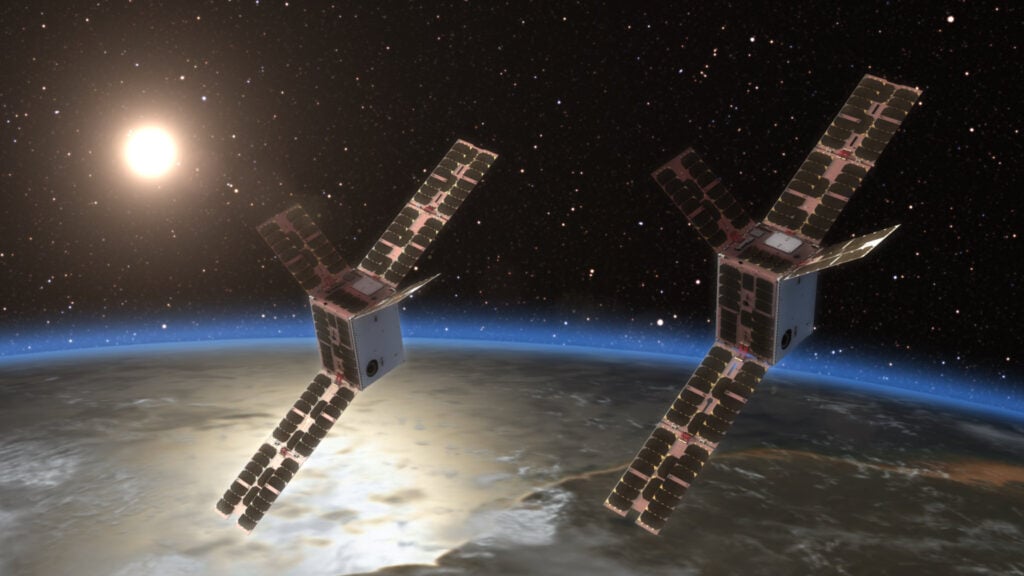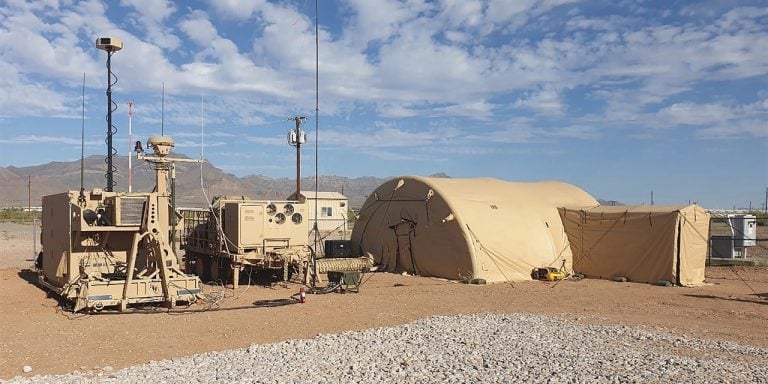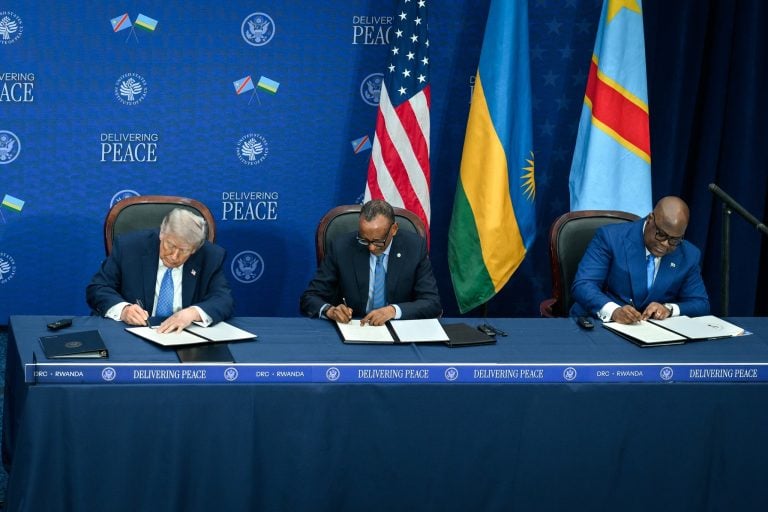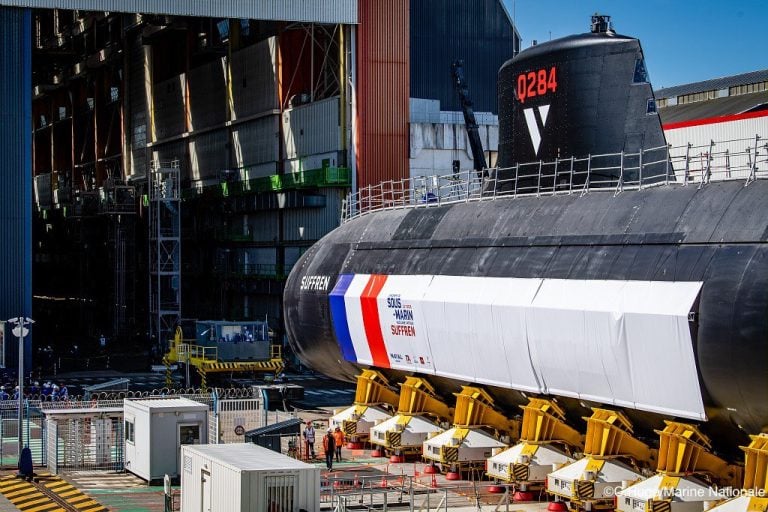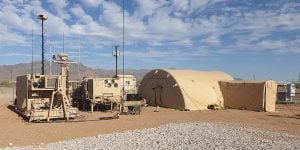The UK government has committed £5.15 million ($6.9 million) to enhance its space-based weather monitoring capabilities aimed at bolstering national defense. This initiative is led by the Defence Science and Technology Laboratory (Dstl), which plans to launch a new orbital satellite designed to succeed the Prometheus-2 and CIRCE surveillance payloads, both of which were lost in an incident earlier this year.
To achieve these goals, Dstl is collaborating with UK-based firms Open Cosmos and Astroscale UK. Open Cosmos will handle the design and production of twin cubesats, while Astroscale UK will oversee their transportation into space. The twin satellites are intended to operate in a low-Earth orbit that is synchronized with the sun, enabling effective surface observations and data collection through both local and remote-sensing methodologies.
The project, dubbed “Orpheus,” will be managed by Dstl until 2028, encompassing the entire lifecycle of the mission from design through to disposal. Rafel Jordà Siquier, CEO of Open Cosmos, emphasized the significance of this mission, stating that it would furnish critical data to better understand the ionosphere and safeguard essential space infrastructure. He highlighted the collaborative effort involved, noting that such partnerships are vital for driving innovation and ensuring the security of space assets.
In addition to its homegrown capabilities, the Orpheus project will incorporate space domain awareness solutions sourced from allied nations. A cornerstone of this mission will be the Hyperspectral Imaging payload, developed in collaboration with South African defense contractor Dragonfly Aerospace and Defence Research and Development Canada. This technology is designed to track targets based on their spectral signatures.
Furthermore, the project will utilize instruments from the US Naval Research Laboratory, including Triple Tiny Ionospheric Photometers that will monitor ultraviolet wavelengths during the dark side of the Earth, as well as the Wind Ion Neutral Composition Suite for real-time observations of ion densities, thermal conditions, and wind dynamics.
British contributions to the Orpheus mission will feature technologies from the University of Bath, which will deploy TOPside ionosphere Computer Assisted Tomography to assess total electron content from GPS signals, along with Surrey Satellite Technology’s Radiation Monitor for detecting and tracking particles.
Dr. Paul Hollinshead, Chief Executive of Dstl, remarked on the critical nature of space weather changes, which can significantly impact satellites that facilitate navigation, telecommunications, and data transmission. He further stated that ongoing investment in space research, especially in collaboration with international partners, is essential for safeguarding the UK’s interests in the increasingly important domain of space.
